Venezuela’s New Saints Highlight the Collapse of Its Welfare State
Elation over the nation’s first two saints is widespread, but testimonies about their legacy underscore the domestic struggle with healthcare, education, and human rights


Photos: Valeria Pedicini
When it comes to miracles, in Venezuela, they always begin with a story of love.
“My son was born at 26 weeks of pregnancy. He is alive thanks to the doctor. What I love most in my life, I have here with me thanks to him,” says Yorgelis López, a 27-year-old from Caracas, as her son Yeffrey smiles beside her with his mouth full of ice cream.
A few meters away, another devotee recalls: “A roof fell on my wife. It collapsed in a matter of seconds, and I could only see it happen. That was 34 years ago. I thank José Gregorio Hernández every day.” Stories and recollections intertwine, and everywhere, the “doctor” is mentioned as if he belonged to the family.
On Sunday, October 19, hundreds of people gathered before dawn in Plaza La Candelaria, downtown Caracas, to celebrate the canonization of Venezuela’s first two saints: José Gregorio Hernández and Mother Carmen Rendiles. It was a peaceful day, marked by singing, prayers, and emotional testimonies broadcast over loudspeakers, hot chocolate, and fireworks. The church stayed open as the Mass led by Pope Leo XIV was streamed live from Rome with a Spanish translation.
José Gregorio Hernández is one of the most emblematic figures of Venezuelan Catholicism. Born in 1864 in Isnotú, Trujillo, he stood out as a doctor, scientist, and university professor. His life was devoted to providing free care to those most in need, earning him the nickname “the doctor of the poor.” He died in 1919, and thanks to the deep popular veneration he inspired, his beatification process began in 1949 and lasted more than seven decades until his canonization.
For Gloria Marcano, one of the architects who participated in the 2016 restoration of the Sanctuary of Our Lady of La Candelaria, where José Gregorio Hernández’s remains are kept, the doctor was always a saint: “My entire family was devoted, and I grew up thinking of him as just another saint. I heard many stories about him growing up, so I was surprised to learn he hadn’t been officially recognized as one yet. For me, being here today feels like watching a man walk on the moon. That’s how significant this moment is”
Jessica has been a nurse for 16 years. “I’ve been devoted since I started studying nursing because I saw how many patients and their families prayed to him. Now my three daughters, who are also nurses, pray to him when things get difficult,” she says, holding a rosary. She has worked in hospitals in Caracas, Zulia and Lara, and also as a private caregiver.
“There are many difficult moments because we all know how much hospitals have suffered. For me, José Gregorio Hernández represents the importance of health, of caring for ourselves, and of having good, prepared people.”
“Watching his canonization today gives me hope that we know what truly matters and we strive to improve. It’s no coincidence that we celebrate someone who contributed so much to health, and another who did the same in education.”
In 2025, Venezuela’s public health system is in a state of collapse. Over eight million people lack access to essential healthcare services, particularly in rural and indigenous areas, and hospitals are so overwhelmed that around 74% of patients are required to bring their own medical supplies.
On average, only four out of ten operating rooms in the country’s main hospitals are functional, and the shortage of supplies in emergency departments hovers around 37%. That figure reaches 74% in operating rooms, according to a recent report by NGO Médicos por la Salud. This dire situation underscores the urgent need for comprehensive reforms and international support to rebuild Venezuela’s healthcare infrastructure and guarantee access to essential medical services for all citizens.
Bekys moved to Caracas from Tovar three years ago, after her father had an accident. “I came because in my town there was no way for him to get shoulder physiotherapy. We got a recommendation at the Military Hospital, and I believe it was thanks to José Gregorio.” she says.
For her, the canonization reflects what society needs to strengthen: “Health and education are two of the most important pillars, and also the ones most in crisis today in Venezuela. This should inspire us to grow in these areas, to acknowledge that we deserve more.”
While most at Plaza La Candelaria were devoted to José Gregorio Hernández, Mother Carmen Rendiles remains a discreet figure in Venezuelan religion, closely linked to education. She was born in Caracas in 1903, the third of nine siblings in a well-off family. Unlike José Gregorio Hernández, she was able to live a fully consecrated life, but like him, she dedicated her work to education and charity.
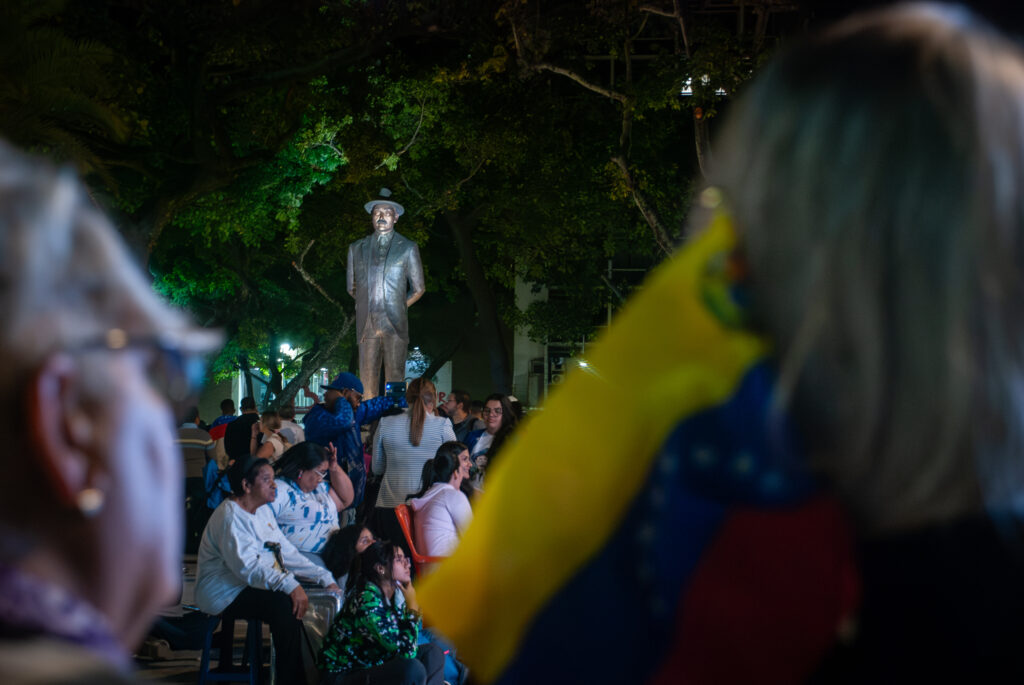
She was born without her left arm, a congenital defect that led some local congregations to reject her, until the Sisters of Saint Joseph de Tarbes, of French origin, accepted her in Caracas at age 24. In 1965, she founded the Servants of Jesus of Venezuela, which she led until the end of her life. Despite her disability, Mother Carmen developed skills in trades such as carpentry and painting and was always distinguished by her discipline, creativity, and independence. She frequently visited her congregation’s schools and parish works, and instead of giving formal classes, she preferred to converse with students and parents about the relationship between faith and everyday life, inspired by her experience as a young catechist in parishes near her hometown.
Mother Rosa María Ríos, one of her former students and congregation members, describes her as a hard worker without seeking glory: “She liked to work discreetly, like yeast acts on flour,” she said, adding that one of the most important aspects of hes canonization is that the Venezuelan public will learn more broadly about her—her work and ideas.
Mother Ríos also believes that Venezuela’s education system needs “rebuilding.” According to a study conducted in June 2025 by the HumVenezuela coalition, nearly half of school-aged children in the country—about 3 million children and adolescents—do not regularly attend primary school. They are discouraged by precarious home conditions, affected by food insecurity, migration, and other social and economic forces, or face poor conditions in public schools, where crumbling infrastructure and teacher shortages have been a persistent problem.
Despite the social media campaign #CanonizaciónSinPresosPolíticos (#CanonizationWithoutPoliticalPrisoners) which highlighted the faces and names of some of the 845 political prisoners who remain in Venezuela, according to Foro Penal, protests were largely absent. The heavy presence of state agents at Plaza La Candelaria effectively prevented any public expression of dissent during the canonization’s weekend.
Even in the midst of reverence, the party couldn’t be contained: gaitas, merengue, and salsa echoed through the plaza. The people in La Candelaria moved to the beats, letting faith and popular music blend with each other.
The canonization ceremony not only honored two exemplary Venezuelans but also showcased what faith and community service can achieve—sparking hope, affirming human dignity, and reminding us that every small act of solidarity is a miracle in itself, especially in times of crisis.
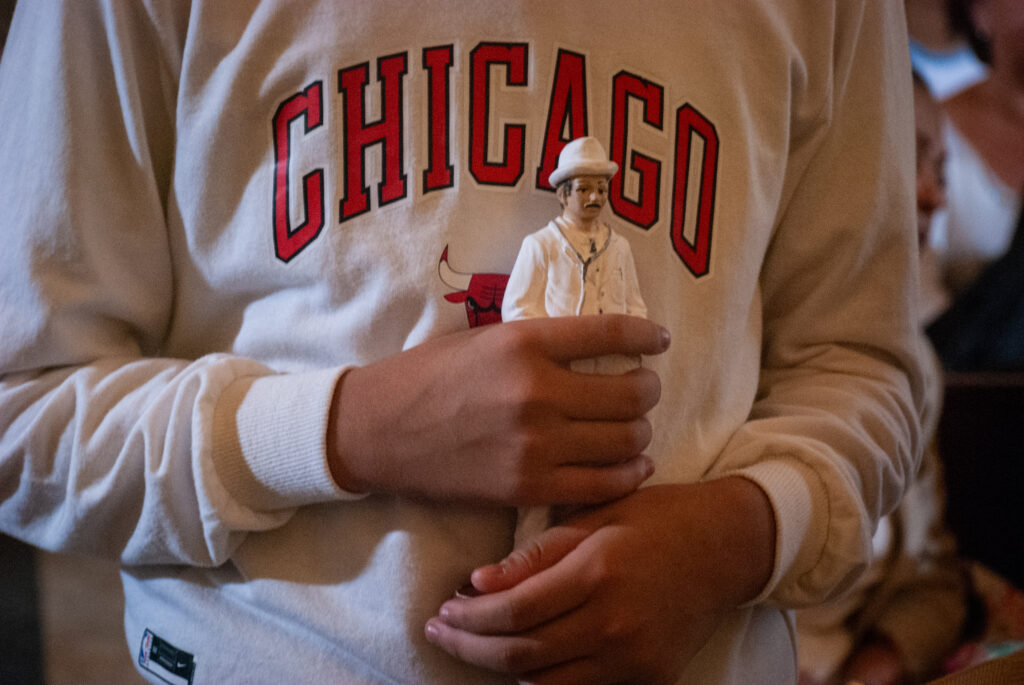
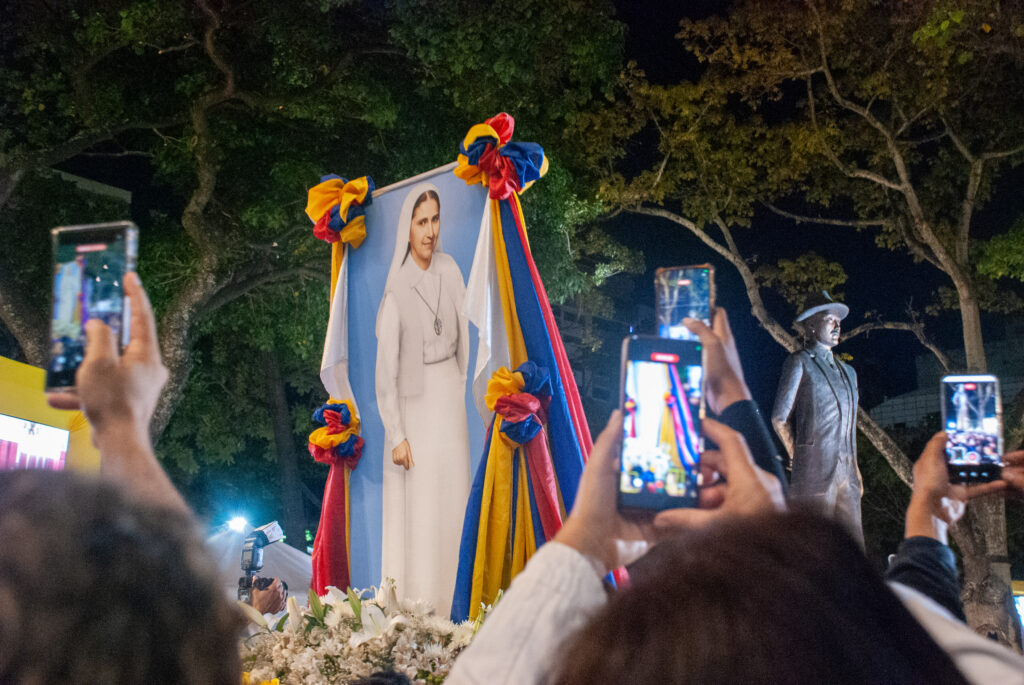
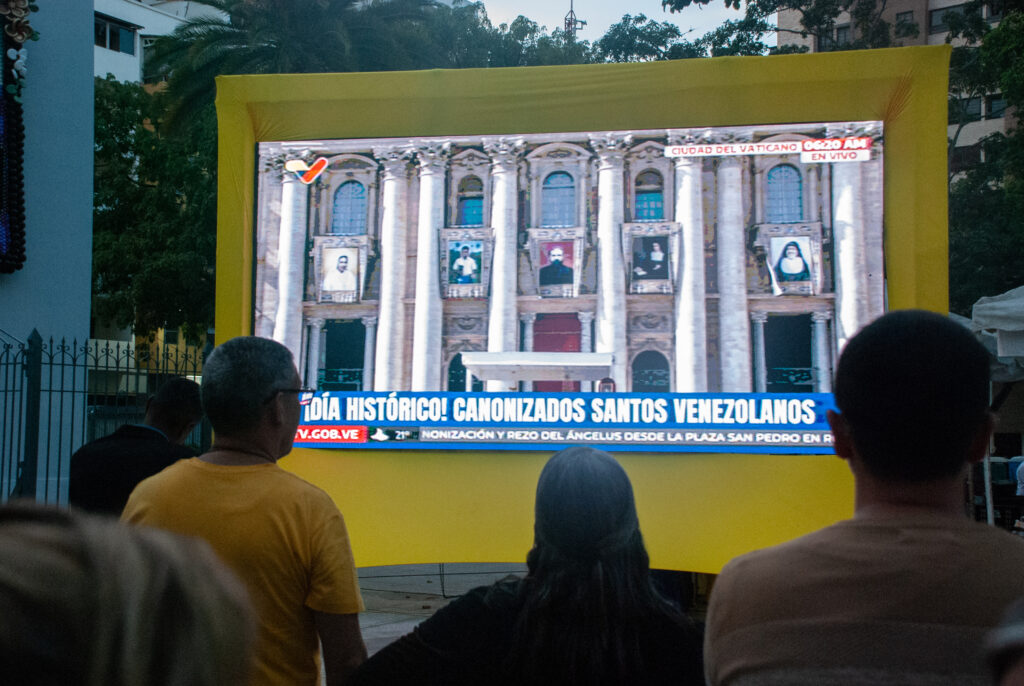
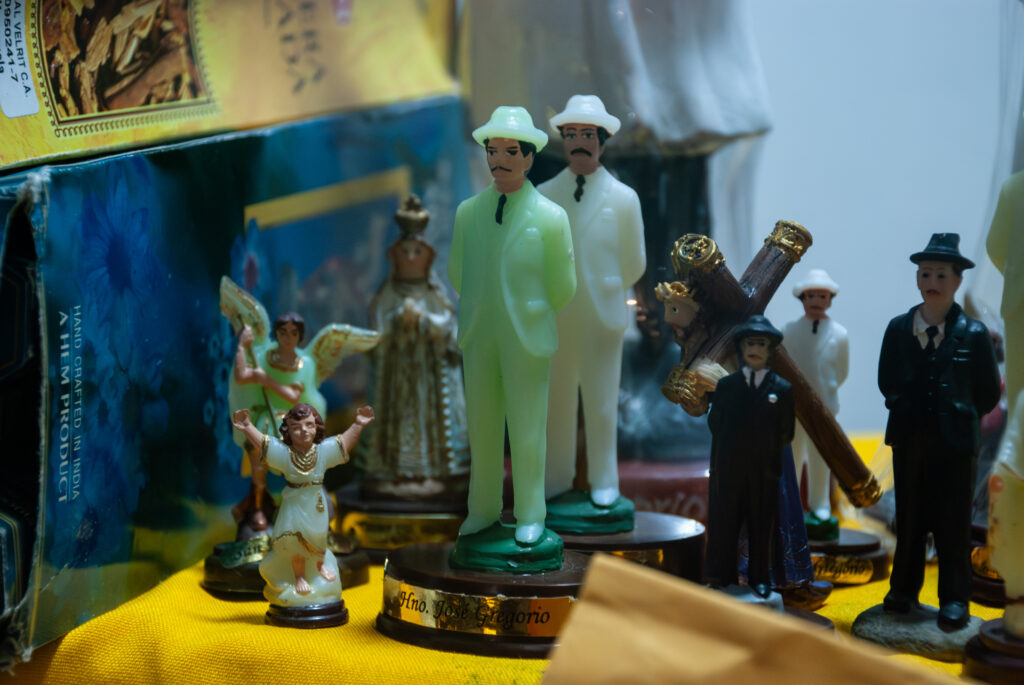
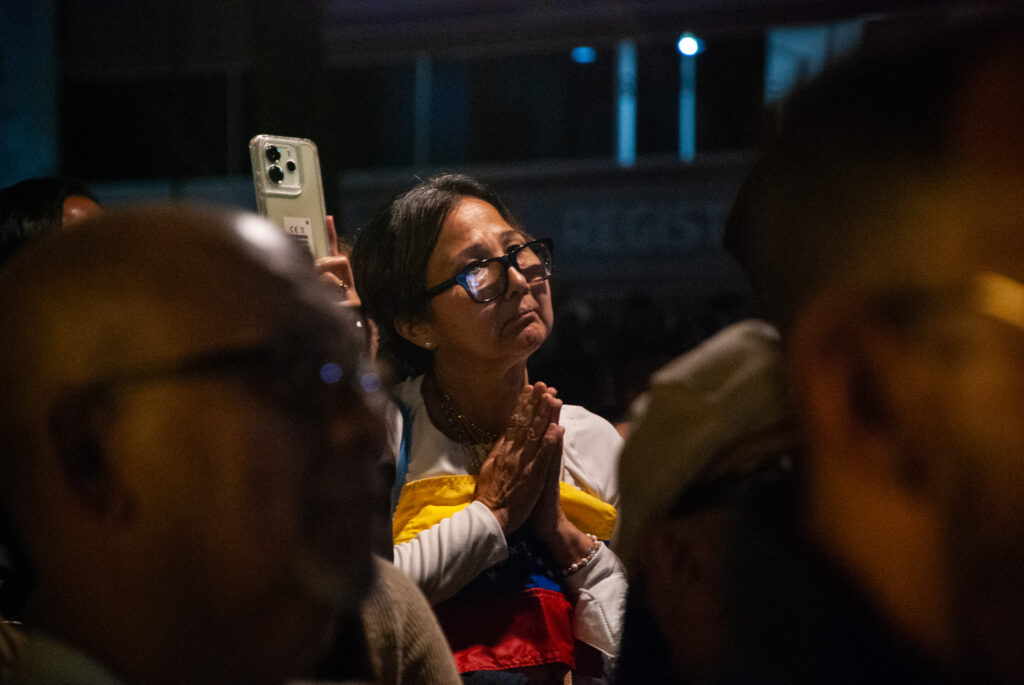
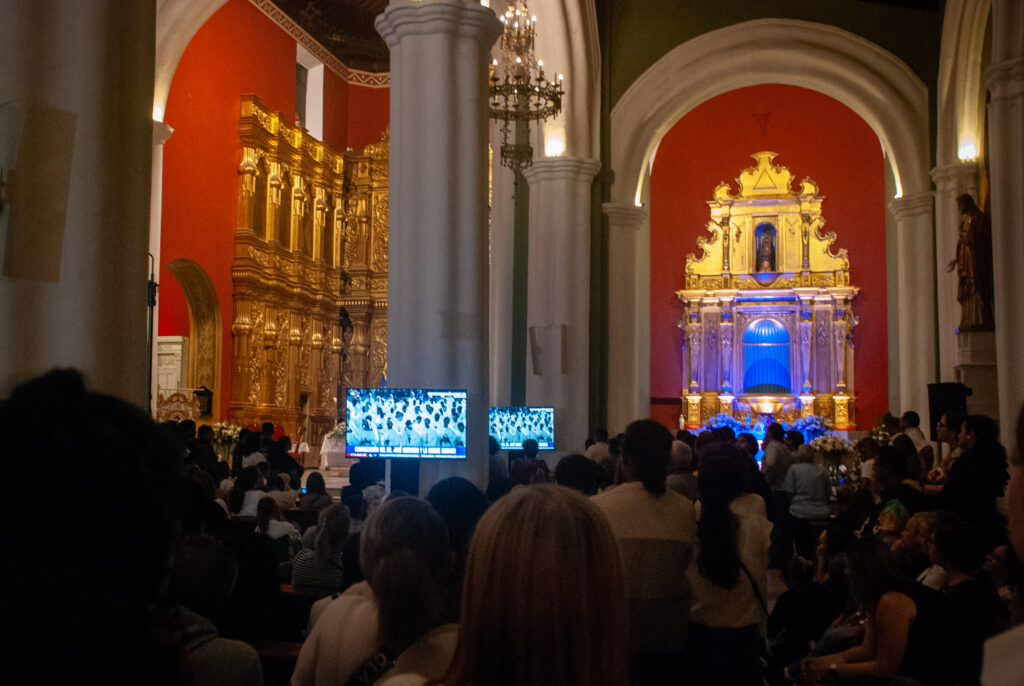
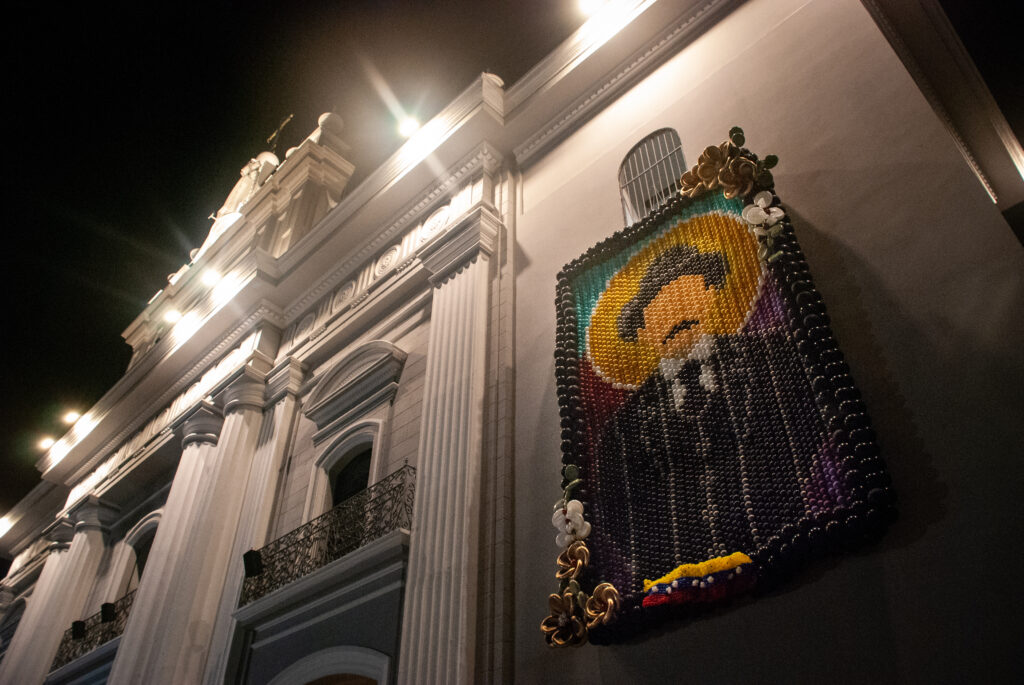
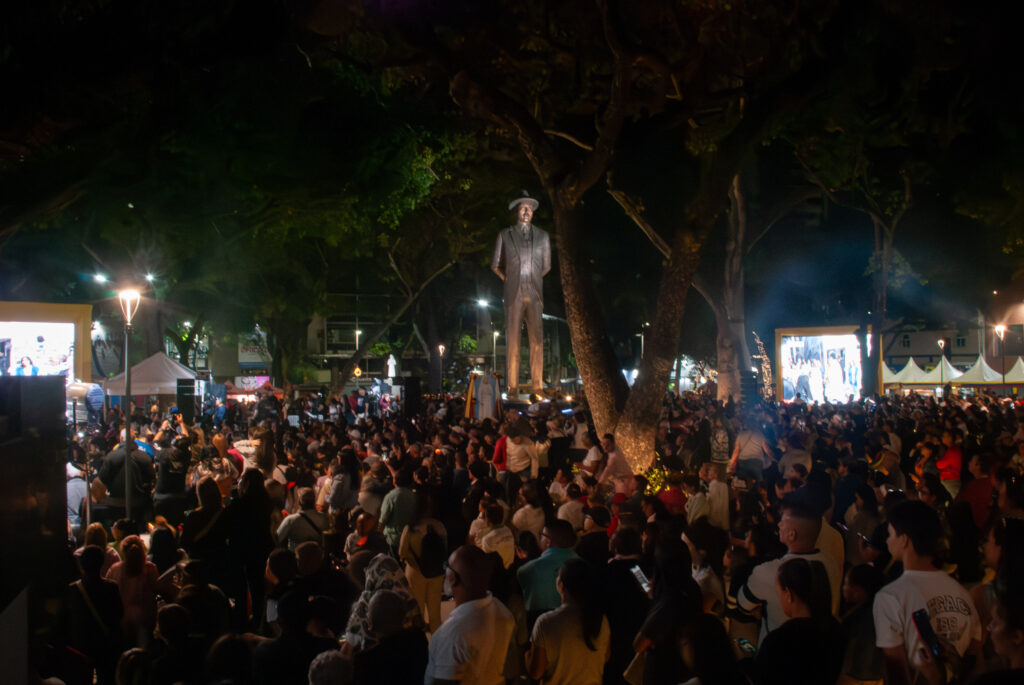
Caracas Chronicles is 100% reader-supported.
We’ve been able to hang on for 22 years in one of the craziest media landscapes in the world. We’ve seen different media outlets in Venezuela (and abroad) closing shop, something we’re looking to avoid at all costs. Your collaboration goes a long way in helping us weather the storm.
Donate




